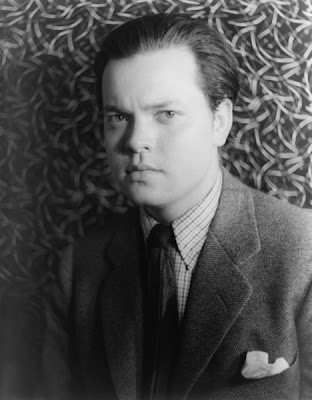"The Noose, An American Nightmare"

Tonight CNN is investigating the history of the noose and its re-emergence at 8 pm Eastern Time. I'm of the opinion, at this point, that if all of this brings about legislation making the displaying of a noose anywhere outside of an educational context a felony, then maybe something useful can come out of all of this. For more information click here. Above: A Howard University student protests the omission of lynching from the agenda of a national conference on crime, 1934.



